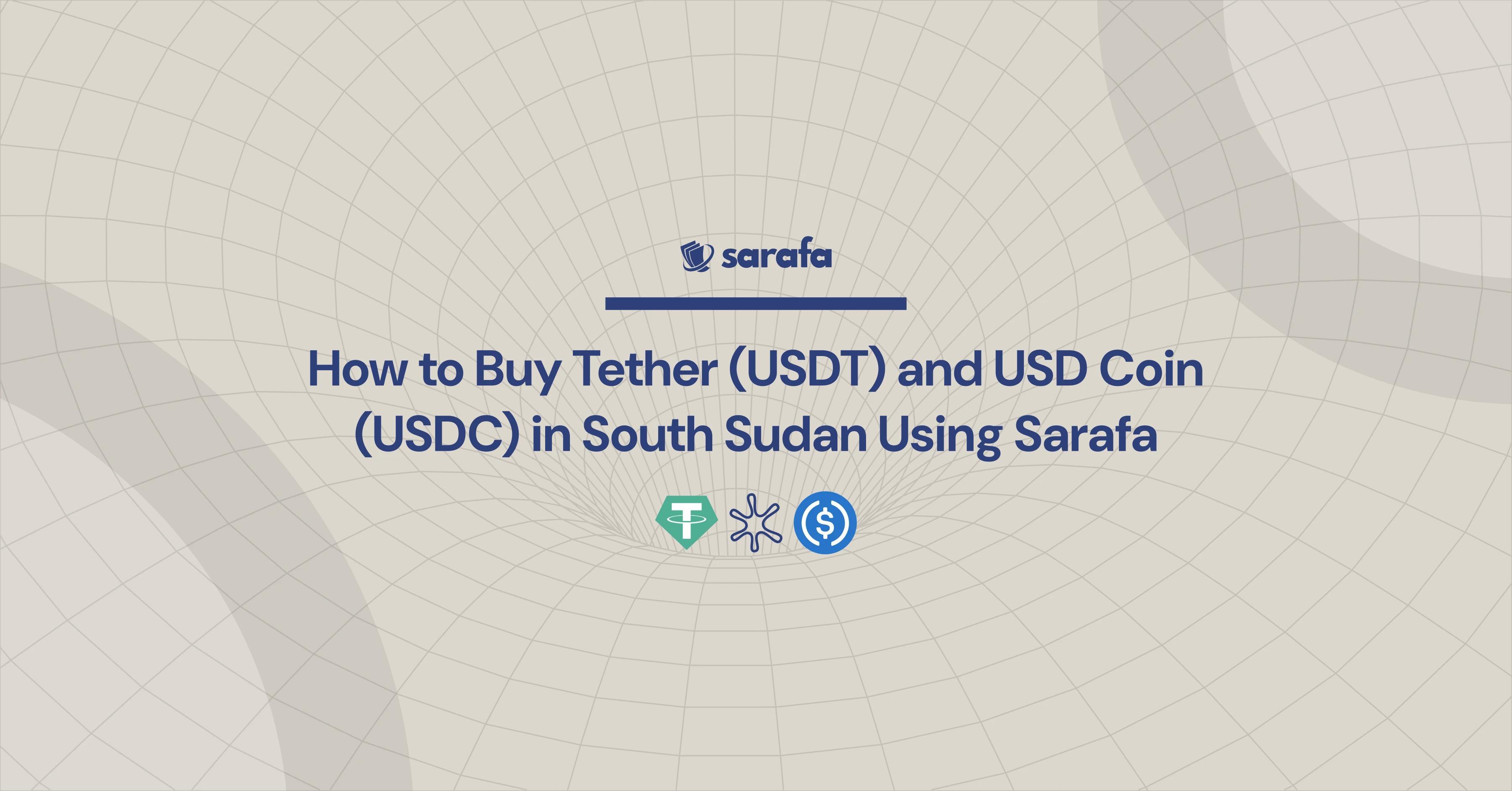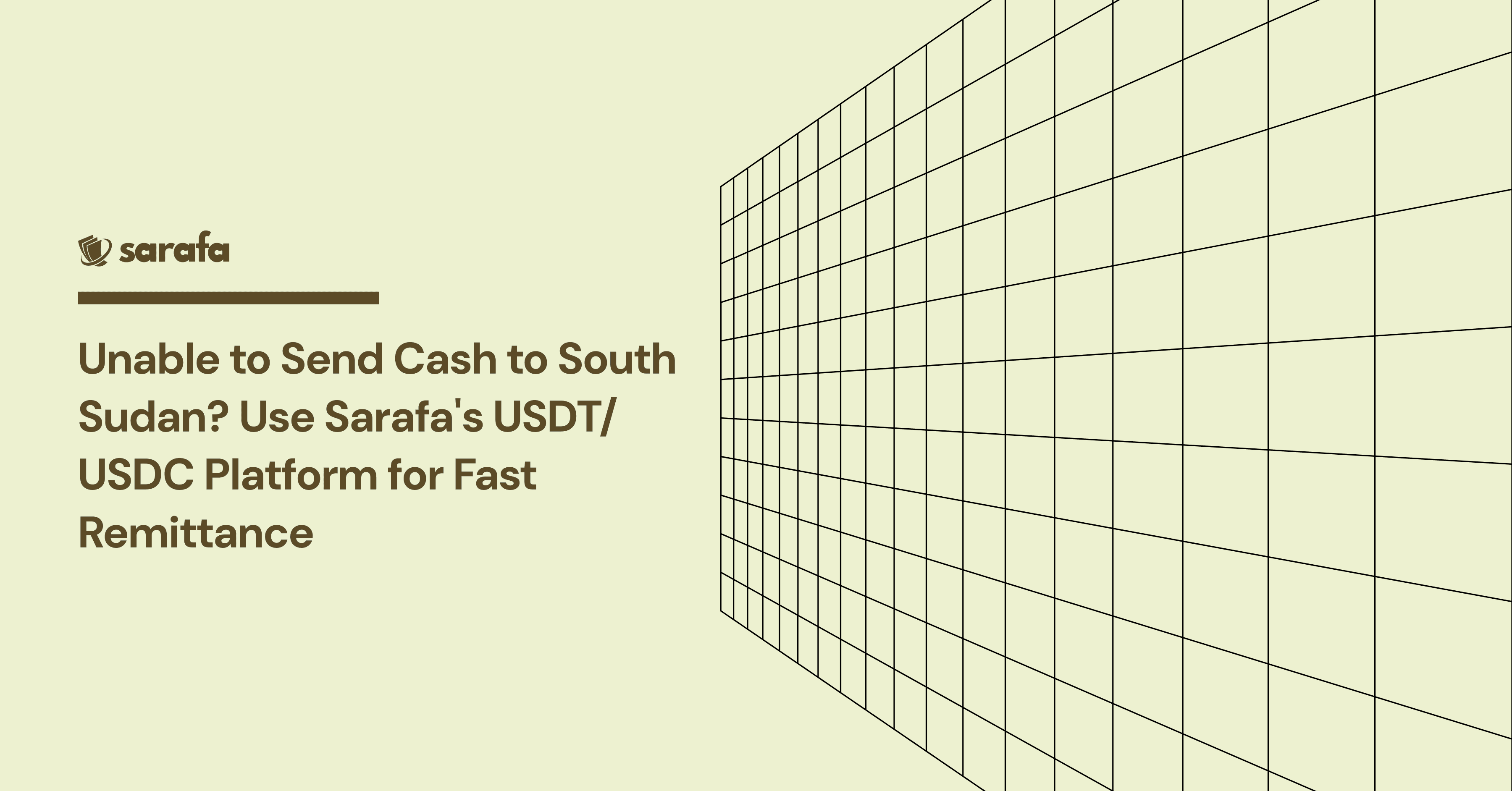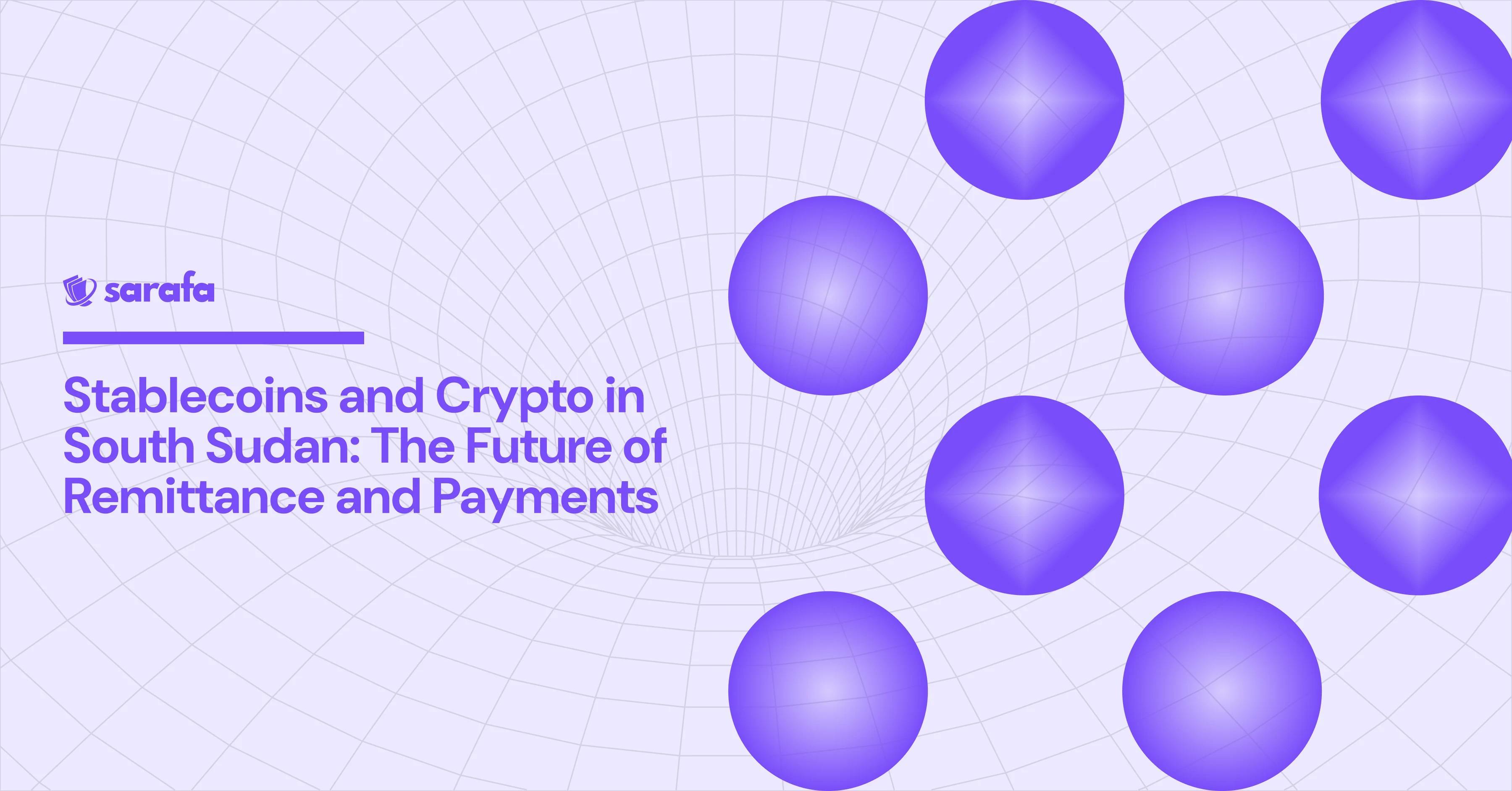South Sudan stands at a crossroads economically, politically, and monetarily. With inflation spiraling and the South Sudanese Pound (SSP) under relentless pressure, the question we must now ask is: can digital innovation offer a path to currency stability?
At Sarafa, we believe stablecoins digital tokens pegged to the value of major reserve currencies like the US dollar are not just a fintech trend. For frontier economies like South Sudan, they offer a practical instrument for reducing capital flight, preserving value, and ultimately supporting monetary stability.
Understanding the SSP Crisis
From February 2024 to February 2025 the South Sudanese Pound devaluated by 72.84% relative to the US dollar. In the last 12 months alone, inflation reached 31.4%, with food and essential goods surging far beyond that average. The Consumer Price Index (CPI), as reported by the National Bureau of Statistics, has shown consistent double-digit month-on-month increases in key urban centers.
At the same time, the Bank of South Sudan’s foreign reserves are deeply constrained. IMF reports estimate reserves at just 1.2 months of import coverage as of late 2024. The country continues to rely heavily on oil revenues over 90% of export earnings leaving its balance of payments (BOP) highly vulnerable to price shocks.
Capital Flight: The Invisible Drain
A less visible but equally damaging threat is capital flight. South Sudanese individuals, businesses, and NGOs increasingly hold their savings outside the formal financial system. U.S. dollars are hoarded in cash or wired abroad, and informal markets for hard currency continue to grow draining domestic liquidity and undermining the SSP’s credibility.
This dynamic has created a vicious cycle:
- Lack of confidence in the SSP leads to conversion into dollars or goods.
- Demand for dollars increases, further weakening the SSP.
- The central bank loses control over monetary levers.
- Inflation worsens and dollar reserves erode.
Stablecoins as a Safety Valve
Stablecoins such as USDT (Tether) and USDC (USD Coin) offer an alternative.
- Capital Retention: With platforms like Sarafa, individuals and businesses can digitally hold stablecoins without needing offshore accounts or physical dollars. This keeps value within the country’s financial system even if denominated in dollars reducing informal capital flight.
- Foreign Exchange Efficiency: Stablecoins improve transparency and reduce the cost of FX transactions. Businesses paying foreign suppliers or receiving remittances in USDC don’t need to exchange through parallel markets, reducing pressure on the official dollar supply.
- Inflation Hedge for the Public: By saving in stablecoins, citizens can protect their earnings from devaluation, especially in sectors like retail, logistics, or NGOs who receive hard currency inflows.
- Improved Balance of Payments: When more remittances and inflows are digitally recorded and held within regulated stablecoin platforms, central authorities get better visibility into foreign currency flows helping rebuild a coherent BOP strategy.
A Complement, Not a Replacement
It’s important to be clear: stablecoins will not replace the SSP, nor should they. But in highly dollarized, inflationary economies, they serve as a bridge mechanism reducing reliance on black-market FX and building trust in digital financial systems.
Over time, this trust can pave the way for greater formal savings, better monetary reporting, and even a partial stabilization of the local currency because less pressure is exerted on it from speculative behavior.
Policy Implications
For stablecoins to play this role in South Sudan, the right guardrails are needed:
- Licensing frameworks for digital asset providers.
- Integration of on-chain data into national financial statistics.
- Dollar reserve anchoring mechanisms, potentially through regional cooperation with EAC or Afreximbank.
- Public-private collaboration, where fintechs like Sarafa help onboard merchants, payers, and receivers into stablecoin ecosystems.
Looking Ahead
The SSP’s volatility is not just a monetary problem it’s a signal of underlying institutional fragility and capital distrust. But innovation does not need to wait for perfect institutions. Just as M-PESA revolutionized financial inclusion in Kenya under imperfect conditions, stablecoins can help South Sudan build monetary resilience from the ground up.
At Sarafa, we are building the rails to make that possible to simplify money, and create opportunity, for every South Sudanese navigating uncertainty.
Let’s build a future where the SSP is supported, not supplanted, by the stability of digital dollars.




